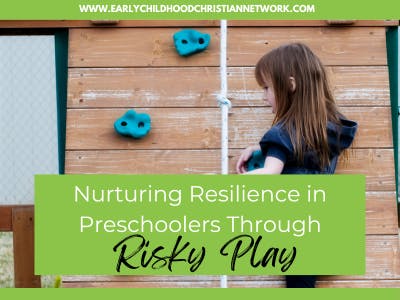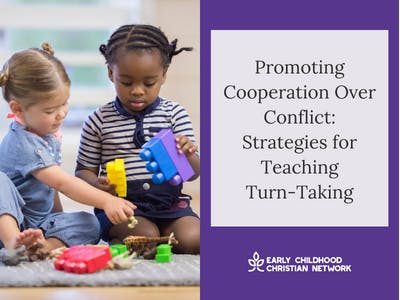Communication Pickle Ball?
|
Hey Reader! Infants and toddlers communicate through their behaviors, and being attuned to these cues is vital. Pay attention to their expressions, respond to their babbling, and engage in interactive play. Sometimes, we refer to this “back-and-forth” conversation as “serve and return” – think of it like tennis, volleyball or ping pong (or maybe even pickleball)! One person starts the conversation (serves) and the other person responds (return). Here is a great example of this with a father and his son having a “conversation” on the couch. Notice how the dad responds to his son even though the little boy is not saying anything that you can understand! Here are 5 easy steps to a great serve-and-return interaction with young children:
The reality is…for most of us this is a natural way of interacting with children! I just want to remind you that these every-day, natural interactions are actually SUPER important to brain development in children. You’re building language skills, social skills, cognitive skills, problem-solving skills AND you’re having fun and strengthening relationship connections. Who knew that just loving and enjoying your time with babies was actually THIS important?! So what happens when serve-and-return is absent for a child? Research has shown that children who miss out on consistent, reliable interactions with loving caregivers often have a more active stress response in their bodies. They increasingly have larger reactions in hopes that someone will pay attention. We obviously can’t be totally focused on every single child in our classroom all day. However, the more often we can have these one-on-one interactions with young children, the healthier their brains become! HERE is a great resource to explore if you work with babies and toddlers. It could be a great resource to share with parents as well.
Cheering you on this week! -Your ECCN team |






